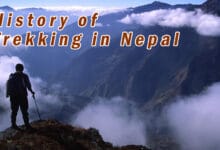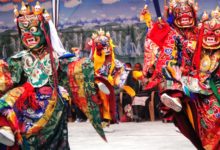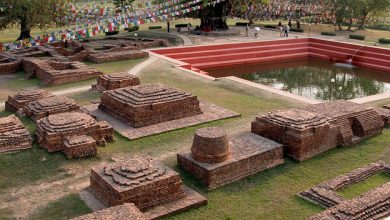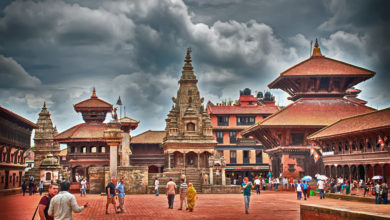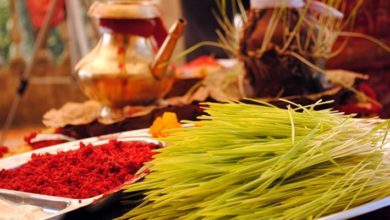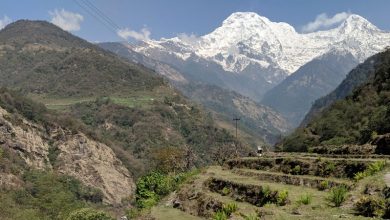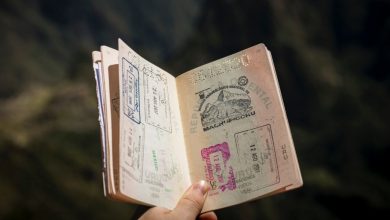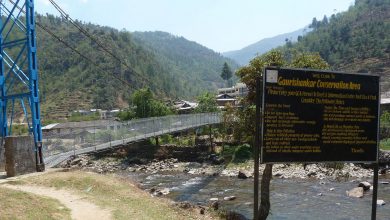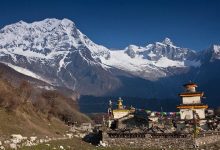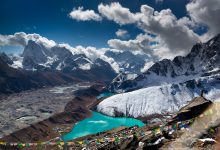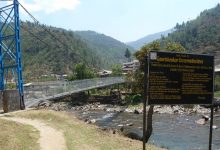Nepali Dance
Maruni is a Nepali Dance of Eastern Nepal, Sikkim, Darjeeling, Assam, Bhutan and Myanmar. It is the most famous and oldest dance of Nepalese community residing in this region.
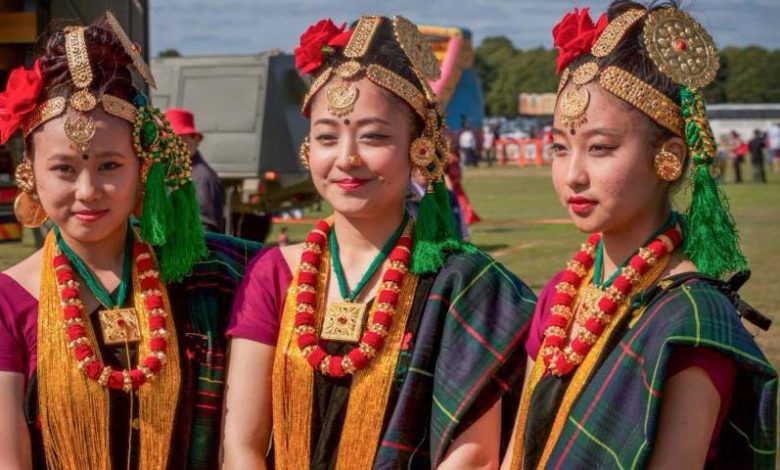
Nepal has a rich tradition of folk, as well as classical dances. According to Hindu mythology, Shiva, who is the God of dance in his Nataraja form, used to do his famous Tandava dance here in the Himalayas. Different communities have their own dance forms which are performed during various festivals, fairs, and family occasions.
Nepali dances are very important for life, culture, and traditions. It is also a good source of entertainment as well as an effective refresher. The movement of feet and body in the rhythm of song or music in a pleasing way is dance. The complement of dance is song and music. Mainly we can classify Nepali dance into three kinds, ‘Mask Dance, Folk Dances and Charya Dances.’
Nepal as a whole has more than 126 different ethnic groups and, expectedly, what you get is a multitude of languages and culture including, of course, a fascinating variety of dances. Here are the more popular Nepali dance
Mask Dance in Nepal
Mahakali Dance
This is one of the most popular masked dances of the Newars. It is based on the religious story from a Hindu Puran Called ‘Mahakali Mahalaxmi’. According to this, the three goddess Mahakali, Mahalaxmi, and Kumari (three of the eight deities that protect the eight directions of Kathmandu Valley and have different ghost followers. These mother goddesses were practiced by Eighty-four sidhhas to gain mystic power) came down to heaven to vanquish the demons who spread great misery and hardship among human beings. So the almighty Goddesses waged a great war with the demons and defeated them, thus stabilizing peace and order on earth. This dance shows great joy and happiness after the great victory over the demons.
Lakhey dance
This is one of the classical dance of Nepal. Once a year during the festival of Indra Jatra which is celebrated for nearly a week at the end of September or the first part of October. According to people’s belief, Lakhey is man-eating demons living in the dense forest. They hunt animals and people passing through the jungle. Whenever they have a good meal they dance with a jog. Previously Lakhey dancers used to select victims for human blood sacrifices.
Monkey dance
it is performed by the teenagers wearing traditional customs and sticks in their hands. The Nepalese still pay great respect to the sacred myths and legends. According the religious epic Ramayan, the dance was performed by the monkeys to express their joy and happiness to their Lord Ram and his wife Sita after their victory over the demon king Ravan of Sri Lanka.
Khyak Dance
Khyaks are supernatural beings. They are believed to be followers of Goods and goddess. They were visible to the people before electricity arrived. They are quite harmless. They simply used to frighten people at night. What the dancers perform is just the expression of Khyak’s naughty nature. They perform dances to entertain God and Goddess.
Kawan (Skeleton) Dance
According to people’s belief, kawans are the evil spirits to be seen mostly at street-crossing and cremation-grounds. They accompany the Gods and Goddess during their adventures. Sometimes they trouble people, causing stomach pain. But one can get rid of it easily by making some offerings, following the advice of a witch doctor.
Devi Daitya Sangram (The battle of Goddess and Demon)
This is dramatic dance form, here the handsome brave demon sees a beautiful girl and immediately falls in love with her. Then he proposes to marry her, but she answers that she will only accept one who can defeat her in a battle. the egoist demon gets very angry and tries to catch her. But it is not possible. They start battling. The demon sees her in everywhere as the furious. Goddess kali and collapses on the ground with fear. Then the goddess, one who is the universal power stands on him.
Folk Dances in Nepal
Jyapu- Jyapuni (Dhimey) Dance
This farmer’s pair dance is generally performed during the harvest season in their community get together along with live music and songs.
Indra Apsara (Nymph) Dance
In Veda, Indra is a divine supreme Hero of the Universe, king of gods, who dances with Nymphs in the Heaven. This event as a memory for the local people of Thimi (Madhyapur) as if dead family members are watching this performance in Heaven. The dresses of the dancers are, however, influenced by the customs of Rana Minister’s period. This Dance is in medieval style.
Lusi (Pestle) Dance
This is satirical street performance of social and political life, both on the local and international levels. However, the style of choreography and music are always the same, only the story will be different according to time and space.
Charya Dances in Nepal
Manjushree
Manjushree, believed to have come from Mahachin, holds a special place in Nepalese culture as a Bodhisatwa who made Kathmandu Valley inhabitable by draining the water out of it. Long ago, the Kathmandu valley was a lake. Manjushree with his two consorts Barada and Mokshada came to Kathmandu to pay homage to Lord Swoyambhu.
Bajrayogini
Bajrayogini, the goddess of yogic practices dances joyfully in bright red color. She is the consort of Heruka and personifies the feminine energy. The temple of Goddess Bajrayogini is situated 3 miles from Kathmandu.
Pancha Buddha
The Pancha Buddha or Five Buddhas are Vairochana, Akshobhya, Ratnasambhava, Amitabha Buddhas and Amoghasiddhi. Each of these transcendental Buddhas has his particular color, posture, direction and wisdom.
Rakta Ganesh
The image of Rakta Ganesh (Red Ganesh) is generally found along with Mahakala at the entrance to monasteries in the valley as a protective deity. He is elephant-headed and has three eyes.
Arya Tara
She is of green color and regarded as a consort of Amoghasiddhi. She protects the suffering beings in crossing the ocean of Samsara, of this life of suffering.


